The Battle of Bathurst: Death Threats and Regrets
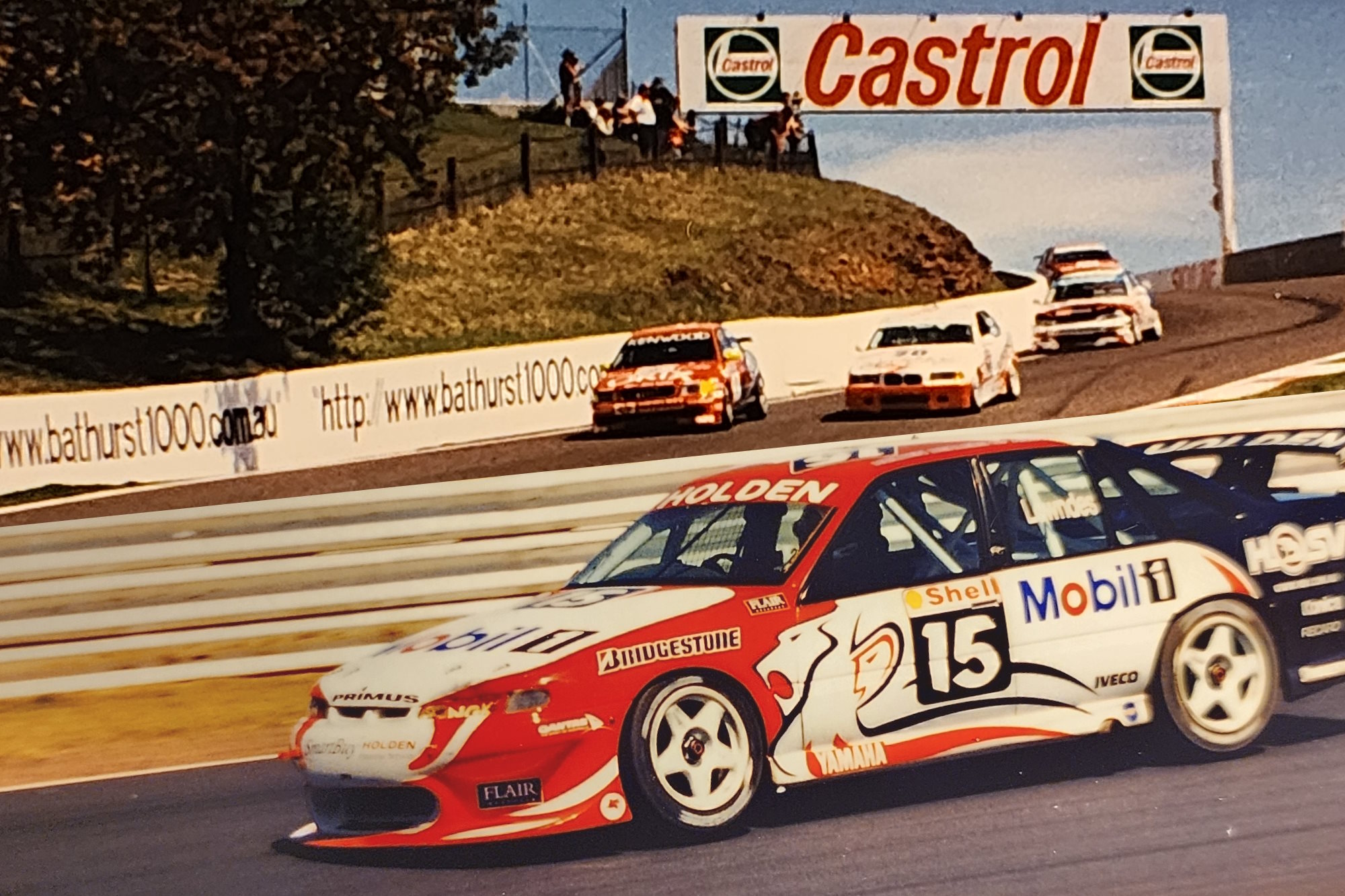
The solution to the woes of the traditional long weekend Bathurst 1000 was simple: the event needed V8s, but when the V8 Supercars were otherwise occupied later in November, the race had to look outside the box.
In the first four parts of this deep dive into the Super Touring versus V8 Supercars war, we examined the mechanisms behind the power plays and the twin editions of the Bathurst 1000 in 1997 and ’98.
Read: Part 1 – The Battle of Bathurst: V8s Vs Super Touring, TV Wars & Council Plays
Read: Part 2 – The Battle of Bathurst: Lawyers Engaged, V8s & Super Tourers Rage War
Read: Part 3 – The Battle of Bathurst: Taking a Financial Bath, Two Bathurst 1000s in One Month
Read: Part 4 – The Battle of Bathurst: Publicly Disappointed, Epic Race & the Blame Game
Here in the fifth instalment, we look at life beyond 1998, plus wrap up the modern-day relfections of the players involved in one of the most tumultuous times in Australian motorsport.
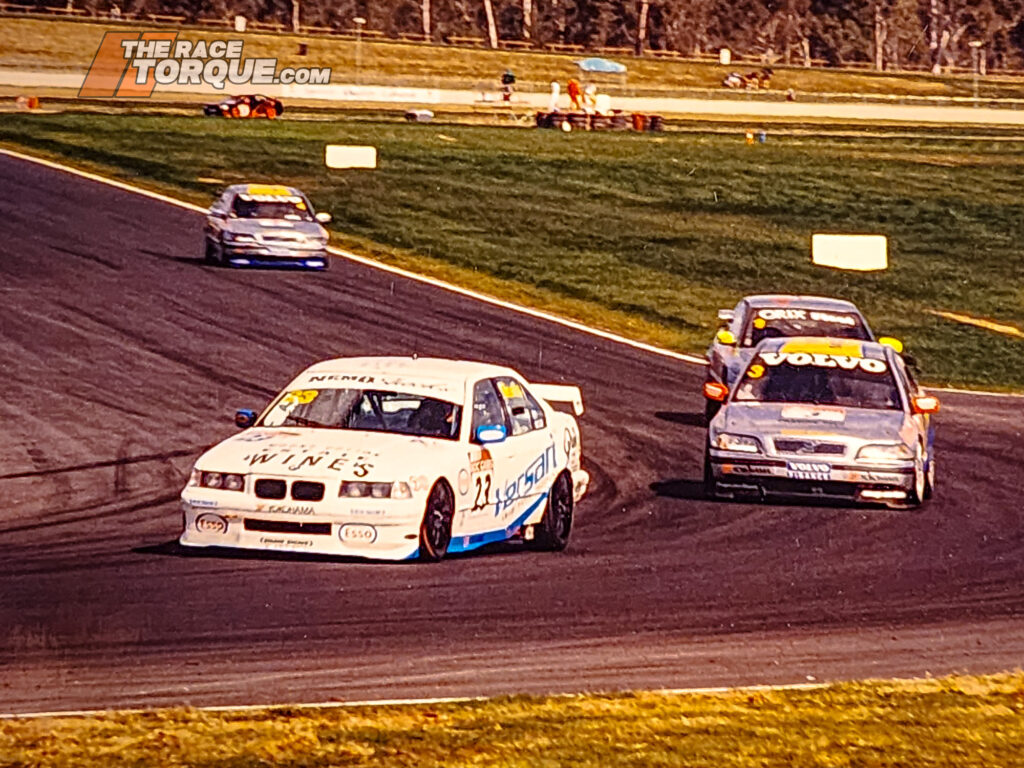
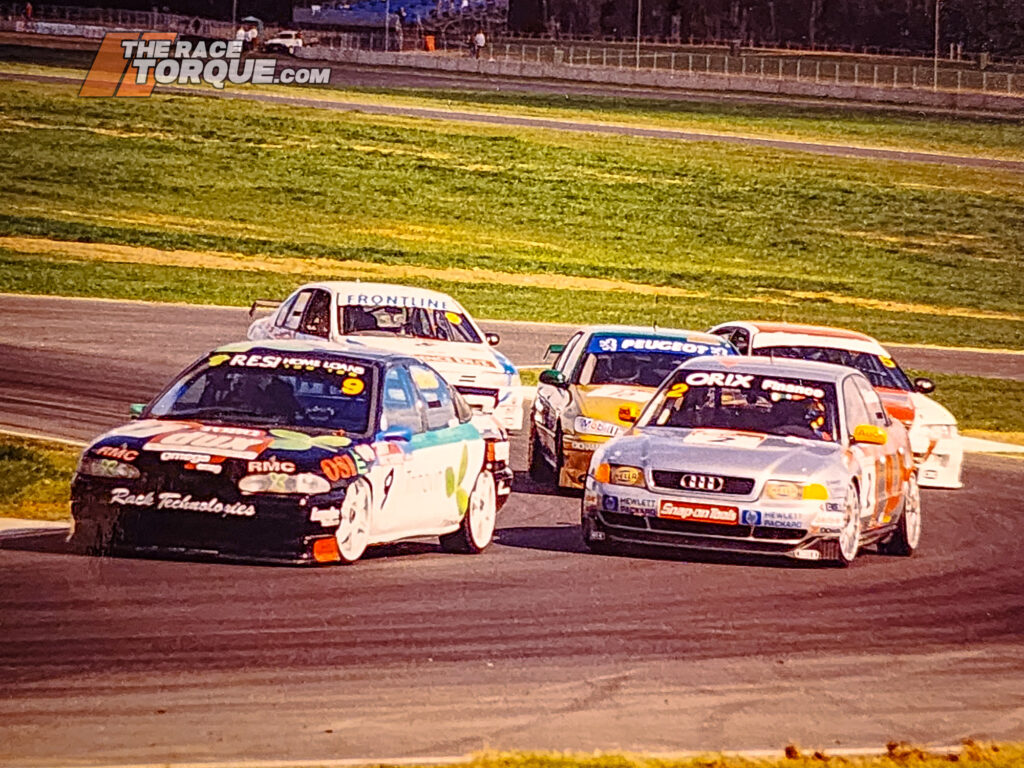
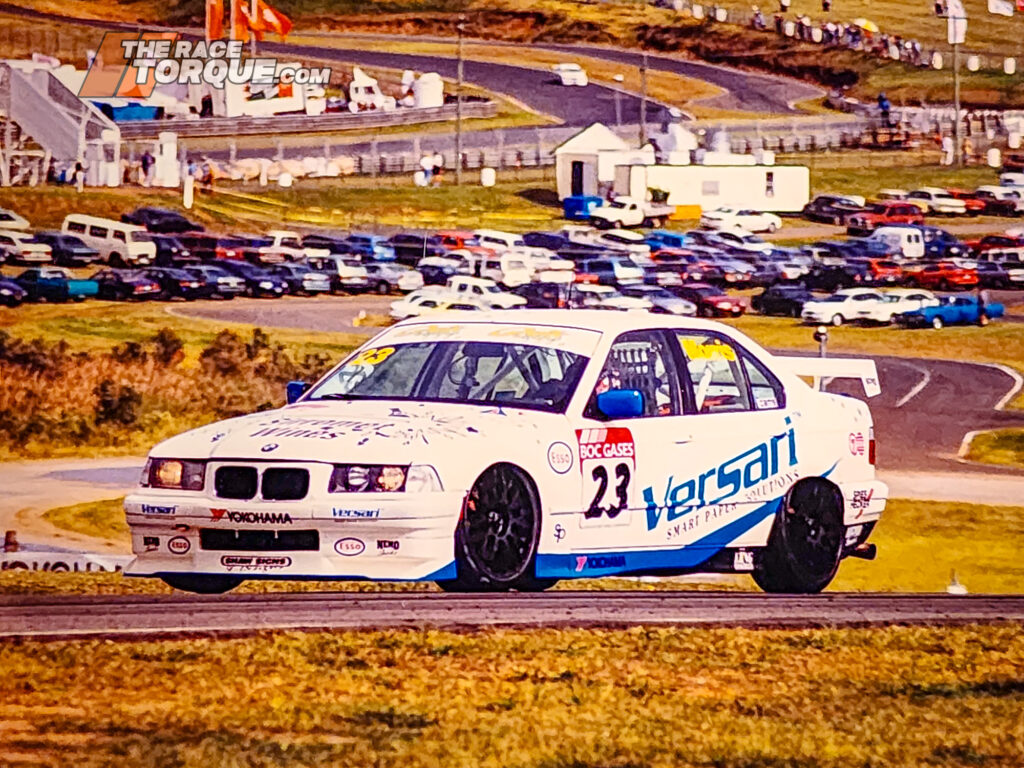
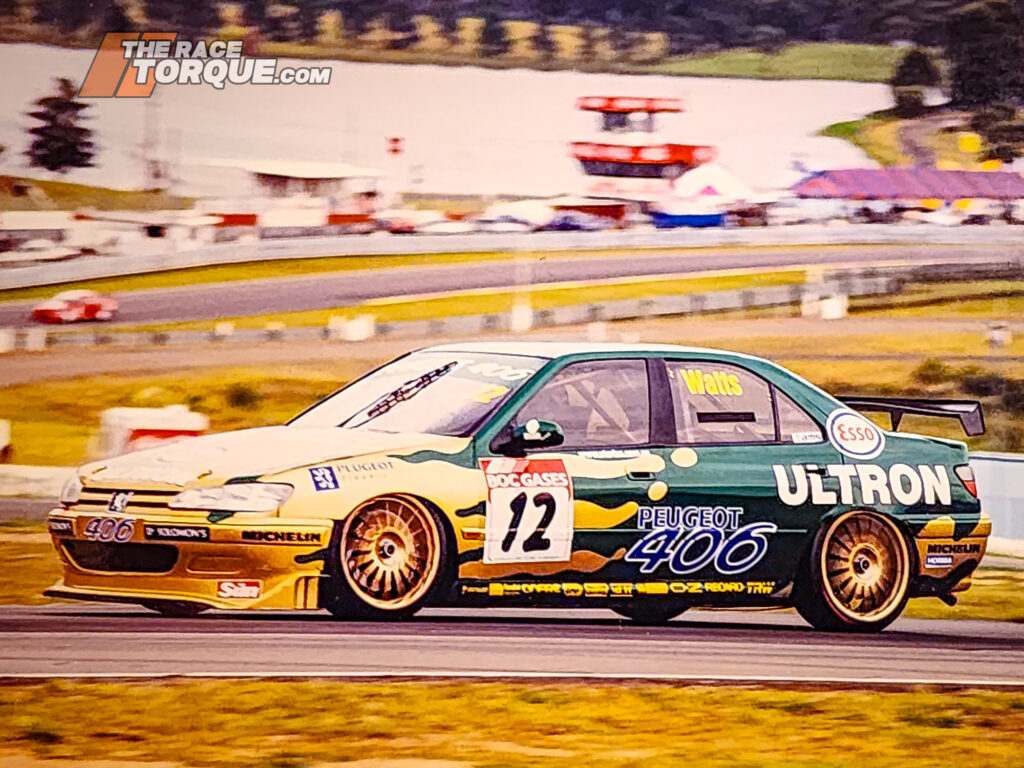
The 1999 Australian Super Touring Championship included a Patrick Watts cameo at the opening two rounds.
1999: Battling On
The September 1998 release of the ’99 Shell Championship Series calendar raised eyebrows with the October long weekend slot filled by a TBA 500km endurance race, with the date noted as avoiding footy finals and the 500cc TV commitments for Channel Ten.
However, the inaugural Queensland 500 at Queensland Raceway was finally locked in for September 17-19.
By June 1999, the relationship between the ARDC and TOCA Australia had soured to the point that the club did not make Eastern Creek Raceway available for the fifth round of their championship.
ARDC president Chris Hones told Auto Action:
“TOCA was reminded on a number of occasions and it failed to act and secure the date. We will do a lot of things, but the ARDC does not subsidise Two-Litre racing, it was just not commercially viable.”
AA further reported:
“The official TOCA press release on the matter quoted ARDC Director and Channel Seven Super Touring commentator Allan Moffat as saying the decision may have been in part due to New Millenium AUSCAR being scheduled to host its first race at the event. When contacted by AA, Moffat totally refuted he had made that comment.”
At the time, Macau was floated as a possible location for the final round of the ASTC.
Back at Bathurst, everything changed for the long weekend race, with Octagon Motorsport (previously Advantage International) taking over the promotion of the Channel Seven-owned event for 1999.
AMP was gone, while political plays saw an amalgamated field of Super Tourers, Bathurst Tourers, and AUSCARs pitched as the main event.
The long weekend wanted V8s, even if it weren’t the V8s everyone was familiar with.
The specialist press once again lit up with claims and counterclaims between V8 Supercars, the Bruce Williams-led New Millenium AUSCARs, Bob Jane and CAMS.
Supercars clearly weren’t impressed with the concept of V8s racing in any Bathurst 1000 that wasn’t theirs, while CAMS came under the spotlight once more for the Australian Motorsports Commission’s continued 10 per cent stake in AVESCO, and conflict-of-interest accusations once again flew.
Jane threw his hat into the ring to sanction the whole show, but the offer wasn’t taken up, although he did secure naming rights sponsorship for the meet via Bob Jane T-Marts.
By 2002, Bob Jane was backing the V8 Supercars 1000km race.
In July 1999, CAMS refused to issue a permit for a combined Super Touring/Ford/Holden V8 race, and that was the end of the story.
Ultimately, the Super Tourers, Group 3E Production Cars and Schedule S machines were slated to have a 100km sprint on Saturday and a 500km enduro on Sunday, with the homegrown V8s given a 300km Sunday race.
Despite this, expectations for grids remained high, with hopes for 35-40 starters in both of the drawcard categories.
Combined, 42 cars total from the headline classes made Sunday’s races.
The supporting cast for the festival included the HQ Holden Nationals featuring three full grids, Mitsubishi Mirages, Austin Healeys, Club Cars, Group N and the Formula Vee Nationals, with action once again spread out over five days.
There were no Europeam Super Tourer entries and no Audis – the pointy end of the field consisted of a pair of Volvos and Morris in his trusty 1996 model BMW, backed by privateer efforts filling out the field, with the 21-car entry bolstered by the addition of Mike Kilpatrick in a Porsche 930, although that car didn’t make it past Saturday, as Kilpatrick lined up aboard the Camry Super Tourer for the main race.
Wet weather put a literal dampener on proceedings come race day, with a large portion of the main event held behind the safety car, with the fixture eventually called 31 laps short after only 50 circuits.
Morris claimed the win from Richards/McLean and Baird/Coleman, with fifth incredibly going to the Lancer Evo V production car of Rod Salmon and Damien White.
Earlier in the Bathurst Tourers, the race ended in tears, with the encounter called short by 11 laps due to persistent fog and rain, despite teams forming their strategy around the assurance that the race would go the full distance.
While TV ratings in some states were noted as being good compared to the Australian Motorcycle Grand Prix, the crowd trackside was not.
For 2000, the event hoped to attract 600 entries, up 180 on the ’99 lineup, with the Bathurst Tourers finally ratified to race alongside the Super Tourers.
Super Tourers also ventured down a path of adding a Super Production class to its ranks, based on FIA Class N regulations, a move that never materialized.
The TOCA Australia website noted at the time:
“The introduction of the new class has several benefits, including cost-savings for competitors and teams, and more cars on the grid which improves the entertainment value for spectators and television audiences. Super Production cars open the doors for up to 25 manufacturers and 50 new models of cars to enter the championship. Initial estimates indicate costs are about $35,000 to produce a competitive machine on top of purchasing the car. These cars can be two or four-door series production from a ‘family’ of 2,500 units. The move to incorporate a new class in the championship allows a cheaper formula in the form of Super Production cars being introduced to compete with the hi-tech Super Touring cars.”
The organization also planned to follow the BTCC in introducing its new cut-price regulations, another move that also failed to see the light of day.
At one point, it was rumoured that the October long weekend event would move to March 2001, avoiding a busy time for the Seven Network around September/October and the Sydney Olympics; however, when Seven finally pulled the pin, the war that ended long before was finally over.
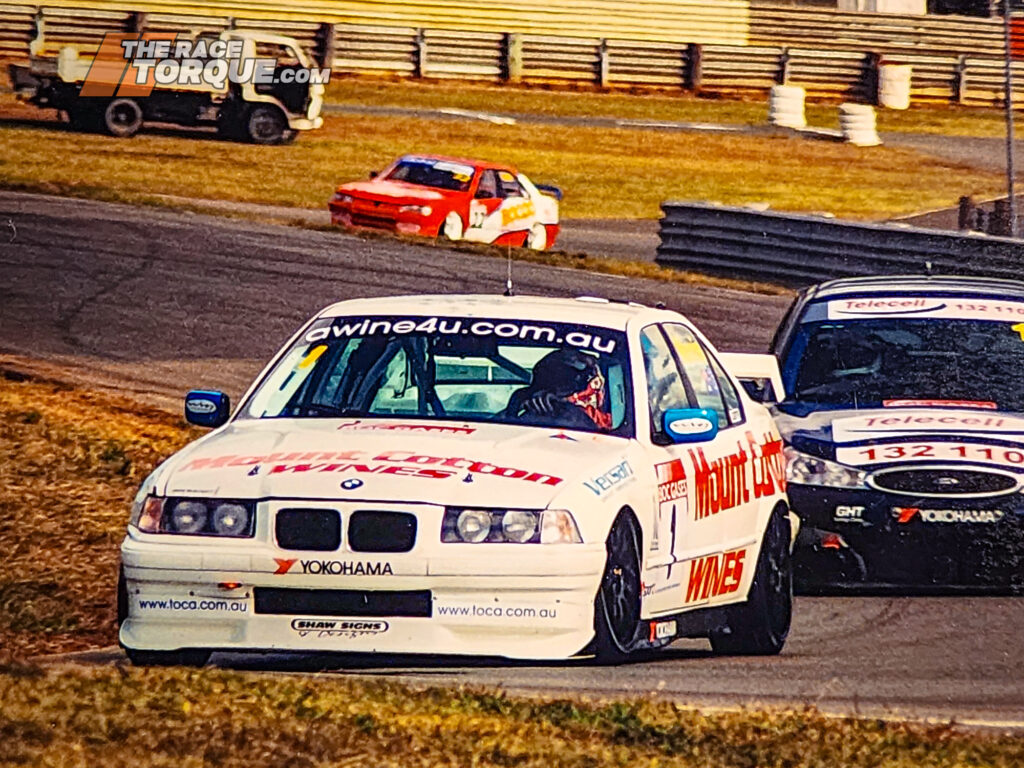
Super Touring continued to roll the arm over for a while.
In 2000, with Volvo and Audi falling by the wayside, the Super Tourers were combined with Future Tourers in what proved to be a Paul Morris benefit.
After announcing a Summer series for 2001/’02 on May 25th, 2001, and renaming the Future Tourers to V8 TOCA Touring Cars, by September 12, 2001, TOCA Australia was wound up, with the announcement on the September 27th reading:
TOCA Australia today announced that it would not proceed with the organisation of the 2001-02 Australian Super Touring Championship and has relinquished its rights to manage the category in Australia.
“The Board has considered all matters in reaching this very difficult decision,” said TOCA Australia Chief Executive Kelvin O’Reilly.
“We regret that this decision has had to be made but the surrounding circumstances and the commercial climate make it unavoidable.”
“As there are numerous cars that are eligible for competition in both Super Touring and Future Touring specification the field is now open for the governing body CAMS or another category manager to organise these events.”
Power Tour organiser Nick Ebbeck last week extended an invitation to the Super Touring/Future Touring teams and Commodore Cup competitors to race at their next event, which is scheduled for Winton on 21 October.
With a rumoured 39 cars still remaining in the country, for 2002, the class found itself on the Power Tour engaged in butcher’s picnic racing with various other machines before ultimately fading away.
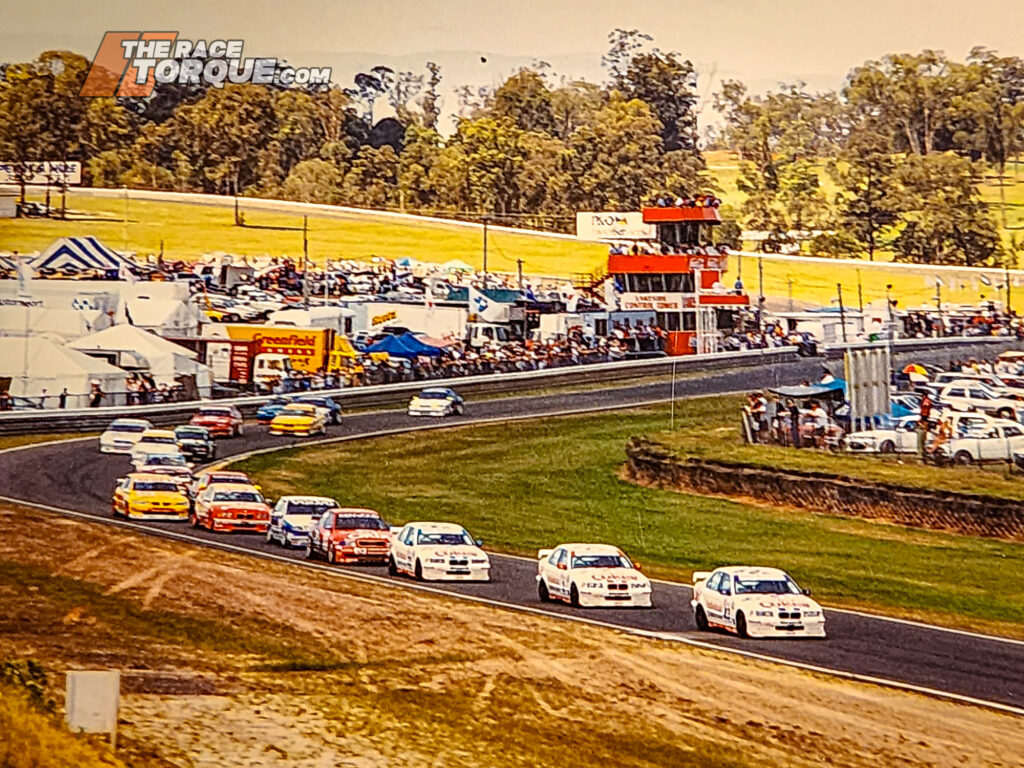
Epilogue
The continuation of Super Touring Downunder made it one of the longest-serving championships internationally.
It was gone from North America at the end of 1997, France, Italy, Germany and Asia by the end of 1999, and Britain by the end of 2000, where manufacturer involvement at the time extended only to Ford, Honda and Vauxhall.
Super Touring had simply become too expensive; by that stage, the Ford factory team in Britain were rumoured to be tipping in up to £12 million for their three-car effort annually, a figure that simply wasn’t sustainable for a domestic tin-top series.
In 2024, Super Tourers returned to action in Australia, with selected imported cars from New Zealand racing alongside Group C and A machinery at the Phillip Island Classic.
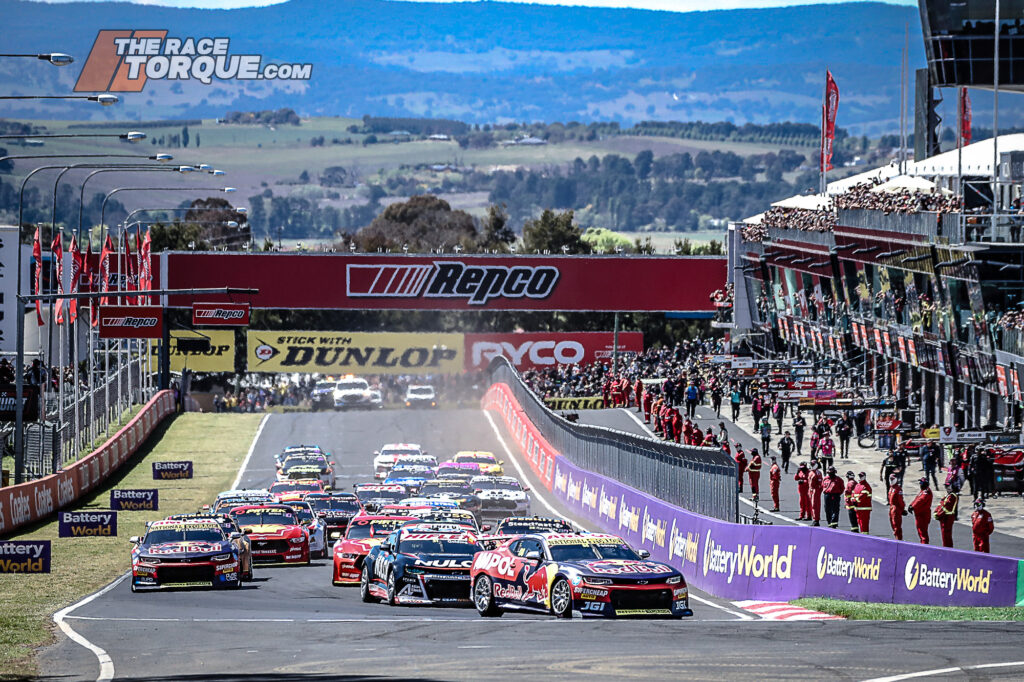
V8 Supercars reverted to the first weekend in October 2001 and subsequently to the second weekend in an effort to give the footy finals some oxygen – why fight it when you could dominate your own weekend?
Clashes with the AFL Grand Final happened back in the day, which stretched Channel 7 resources and mainstream media attention.
AVESCO was renamed V8 Supercars Australia in 2005. The business subsequently saw major shareholding changes twice—the first in 2011 when SEL divested itself, with Archer Capital taking a 60 per cent stake, with the remainder staying with the teams. In 2021, the RACE consortium took over full ownership of the business.
The fundamentals of the V8 formula have continued to evolve over time, although it still owns the biggest show in town, the Bathurst 1000.
After departing from Supercars in 2012, Tony Cochrane became the chairman of the Gold Coast Suns in 2016 before more recently serving as the president of SX Global.
In recent times on the Rusty’s Garage Podcast, Cochrane reminisced about the drama-charged era:
“Oh god, all hell broke loose. So we had everyone threatening and accusing us of everything, some poor journalists in Sydney have still never gotten over the announcement and still have a problem with it. But the truth to the matter is, it was an enormous risk on our behalf, we underwrote it, IMG acted as the promoter, and away we went. And of course, you’ve got to be very careful, because if you decide to let the general public vote with their feet, my God, sometimes it can go against you. And what happened was in that first year after all of those years of history as the AMP 1000, by running Two-Litre cars, they had a crowd, it was certainly way less than 10,000, their TV ratings almost cut in half, and we turned up two weeks later, and we had well over 50,000 people there on the Sunday, and our TV ratings were right back to the best days of Bathurst on the other network… And boy there was some angst over that, you had to have your tough britches on during that period. At one stage, regrettably, I had to have police protection for my daughter, because I had quite a few death threats, not aimed at me, aimed at her, which was really disappointing. It was pretty full on, some people didn’t like change occurring, and I got some beauties at events. There were three or four times when blokes wanted to front me up, and want to fight. ‘What? I’m going to stand here and fight? You idiot…’ It was pretty interesting days, for a period of time, I can’t even remember now, certainly for three or four events, I had a security guard with me, because you would get this odd lunatic come up and want to take you on, because I ruined their Bathurst. Of course, in the third year, we moved back into the traditional weekend and everything returned to normal.”
From the Sports and Entertainment Limited side, Cochrane has left the business, while fellow founding partner David Coe passed away in 2013, leaving the company in the hands of James Erskine and Basil Scaffidi.
SEL has remained at the forefront of sponsorship sales, licensing, talent management, content creation and hospitality across a range of events and organising bodies, such as Rugby Australia, the International Cricket Council, the Magic Millions, and the National Rugby League, amongst many.
Greg Eaton finished up with Bathurst 1000 Event Management in 1998, was behind the one-off Easter motorcycle revival in 2000, and has subsequently gone on to lead his EPM Event and Media Productions business to success across Australia and Asia.
Kelvin O’Reilly went on to hold various positions in the sport, including Chairman and Chief Executive at TEGA for five years until 2007. He also spent a stint up until 2018 rewriting the Supercars operations manual.
O’Reilly has now been the Chief Executive Officer of Karting Australia for over a decade.
Melbourne-born Alan Gow remains the head of the BTCC, a role he has held since 1991, except for a two-year stint from 2001, when Octagon took over the series’ control.
When Supercars was on the market in 2021, multiple bids were lodged, including one led by Peter Adderton, backed by News Corp, and featuring Mick Doohan, Paul Morris, Peter Smith, and Gow.
Gow, talking on the V8 Sleuth Podcast in May 2020, reminisced about the Super Touring era:
“Once the FIA took over the regulations, and that was probably one of the mistakes we made at the time, it was in 1994, and it just exploded as far as costs and everything goes. If you had companies not spending between £8-10 million per season in our championship, you weren’t going to get a win. At one stage we had ten manufacturers… everyone made a lot of money out of it, the drivers got paid a fortune, the teams made a fortune, TOCA made a fortune, everyone did very very well out of it. But that couldn’t last, it was unsustainable, but the regulations were out of our hands, the FIA took them over, so there was nothing we could do about them. ’98 was the year where I thought that this doesn’t have long to go, it’s probably got another year or two to go. We had manufactuers complaining about how much they were spending, one or two dropped out, and that’s like playing Jenga, one or two come out, and the rest fall down.”
Gow on the Bathurst war:
“I got annoyed that people thought we were the bad guys in all of this. We had nothing to do with the split between the V8s and Channel Seven and Bathurst, we had nothing to do with it. We were running the Australian Super Touring Championship at the time, Channel Seven had the rights for Bathurst, and when they couldn’t come to an agreement over money, essentially, then Channel Seven came to us and asked if we could put a field on for Bathurst, and we did. All we did was that we didn’t start the issue; we just responded to a request from Channel Seven to put a couple of races on at Bathurst, and that’s what we did. How we got to be seen as being the bad guys in all this was pathetic, it really was pathetic. So that annoyed me, but the rest wasn’t personal, and you know what? I think I’ve said about ten words in my whole life to Tony Cochrane, I don’t know Tony Cochrane, he rang me one day about something, we had a very brief conversation, and that was it. I don’t think I’ve seen or spoken to him since that conversation, so it wasn’t personal. The villains in the piece were Channel Seven and V8 Supercars not coming to an agreement to compete in that race; we had nothing to do with that. Looking back on it in hindsight, it was a ridiculous situation, that should never have happened. It was a willy-waving competition between a broadcaster and another organization, AVESCO, and it was a shame that it got to that stage, and it’s a shame that it fragmented that event for a couple of years. You look back at it now, and you think how did it ever get to that stage? Both Channel Seven and TEGA. They were really good races, and the problem with them is, if you look in them in isolation, without any of the politics, they were fantastic races. But the problem is, they were running under a cloud, and every lap is always a comparison, whenever someone would do a good lap in qualifying, they would compare it to the V8s… Give us a break guys, we’re not V8s! Look at the cars for what they are, and look at the racing for what they are, stop comparing. That was a shame because there were all sorts of bad messaging coming out from the other side, always constantly putting us down, always constantly putting a negative influence over everything, we didn’t do anything like that, we came out there and put some great races on, and went home again, what’s the problem?”
Peter Adderton, who co-owned TOCA Australia with Gow and Terry Morris, admits mistakes were made.
Talking to Greg Murphy in the above Repco video, Adderton noted how things could have turned out differently:
“We made some missteps towards the end, we could have gotten together with the touring cars guys, I remember Tony Cochrane and those guys coming into my board room, we were so arrogant, they wanted to talk about how we could put this together. I was like, ‘nah-nah-nah-nah, we’ve got this thing and we’ve nailed it, we’ve got all of these manufacturers’, Volvo came in with the station wagon, I’m not too sure about the station wagon, we had four or five manufacturers. I remember at the Indycar we were on fire, and it was all going gangbusters.”
In the ensuing years, Adderton has stayed close to the headlines, sponsoring a range of motorsport disciplines around the world.
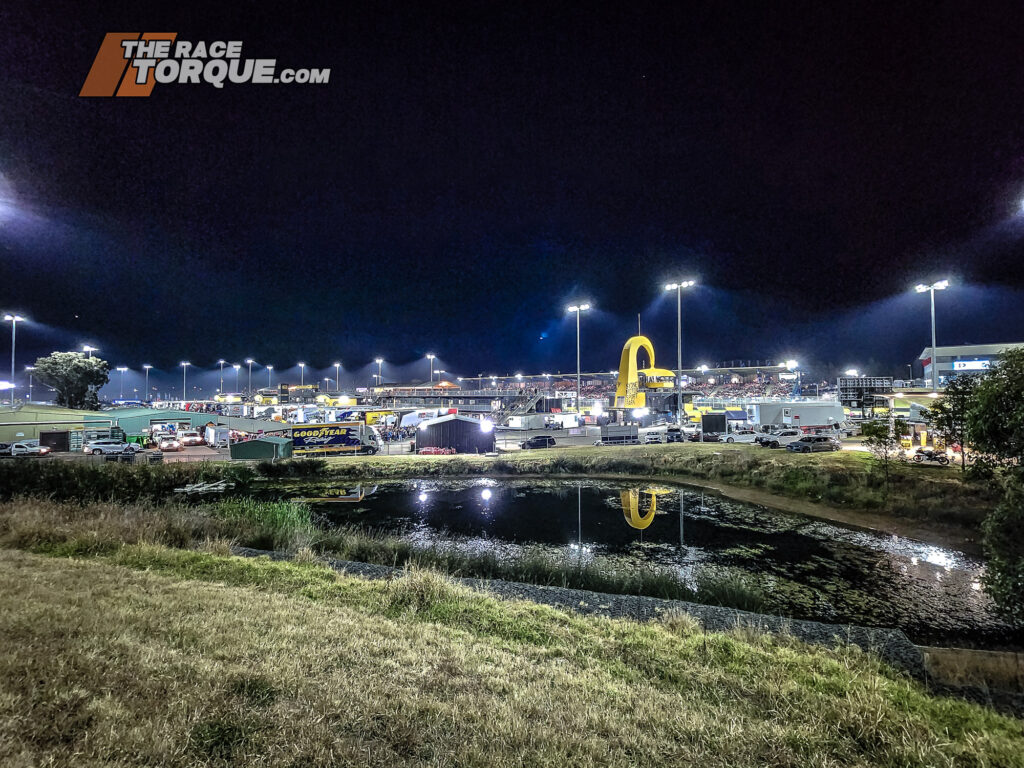
The ARDC is now focused on its operations at Sydney Motorsport Park, while Seven has been in and out of motorsport over the years. However, the network currently embraces a wide range of motorsport coverage, including Supercars and the modern iteration of Super Touring, TCR Australia, through its coverage of the Shannons SpeedSeries.
The man central to the second Bathurst 1000 coming online, Ian Macintosh, the Mayor of Bathurst, passed away in 2012.
At the time, Cochrane paid tribute to him on Speedcafe:
“Ian was the mayor who broke from the consortium and he said look ‘are you fair dinkum that you will run your own Bathurst”? And I said, ‘yeah we will’. “I promised him what we would do that and we delivered. Over the following three years after 1997, the Bathurst City Council who were initially very hostile of Ian’s decision saw that Ian backed the right horse. It was a bold thing for Ian to do at the time because he alienated a lot of his own people. It was an enormous call. After my famous quote that Bathurst was a third-world country after we had all the rain in 2000, Ian and I worked very hard with the New South Wales and Federal Government to get the funding to rebuild Bathurst. What you see today is a huge result of the work of Ian MacIntosh. Bathurst was very lucky to get Ian who was at the Boeing corporation. But he decided to retire to Bathurst and Boeing’s loss was Bathurst’s great gain. I used to joke to him that it was great flying with you Ian. He was a terrific bloke and was very calm and thoughtful and a complete gentleman. I regard Ian as one of the pivotal players in the success of V8 Supercars. Not that he was coming from that angle. He was coming from the interests of the city of Bathurst.”
The Bathurst City Council now supports at least five annual race meetings at Mount Panorama, with the region reaping the benefits of a highly active facility across a range of motorsport events.
Next Up: Insight into attending those Super Touring 1000s, and analysing the root causes of the Battle of Bathurst.








